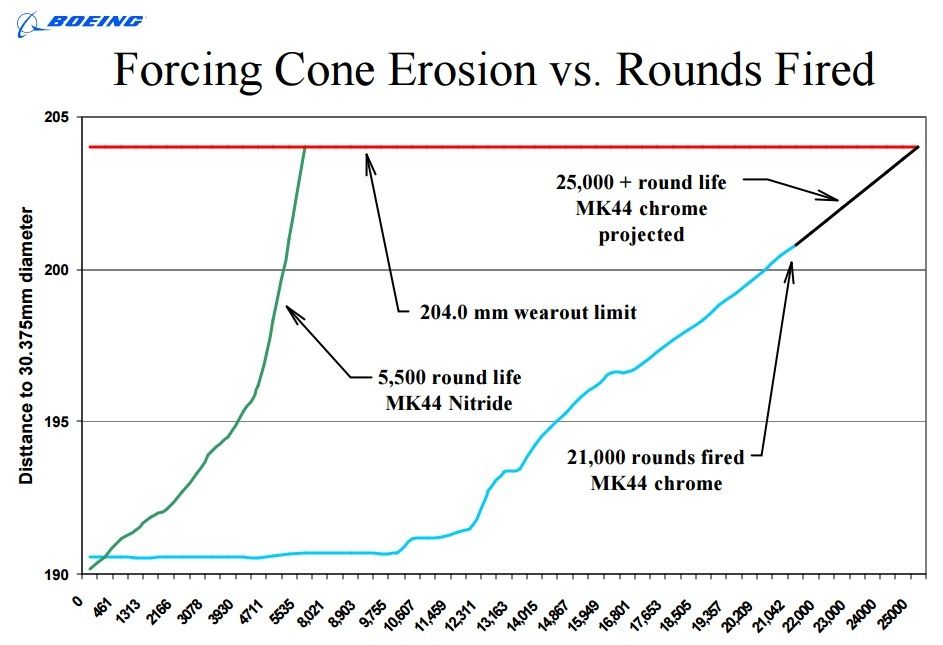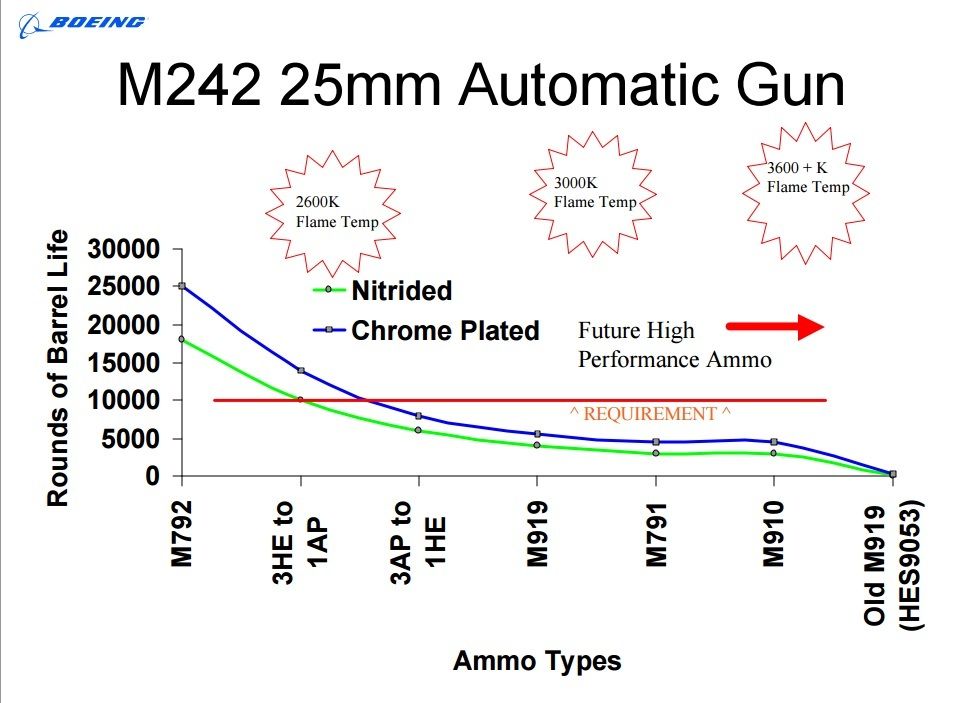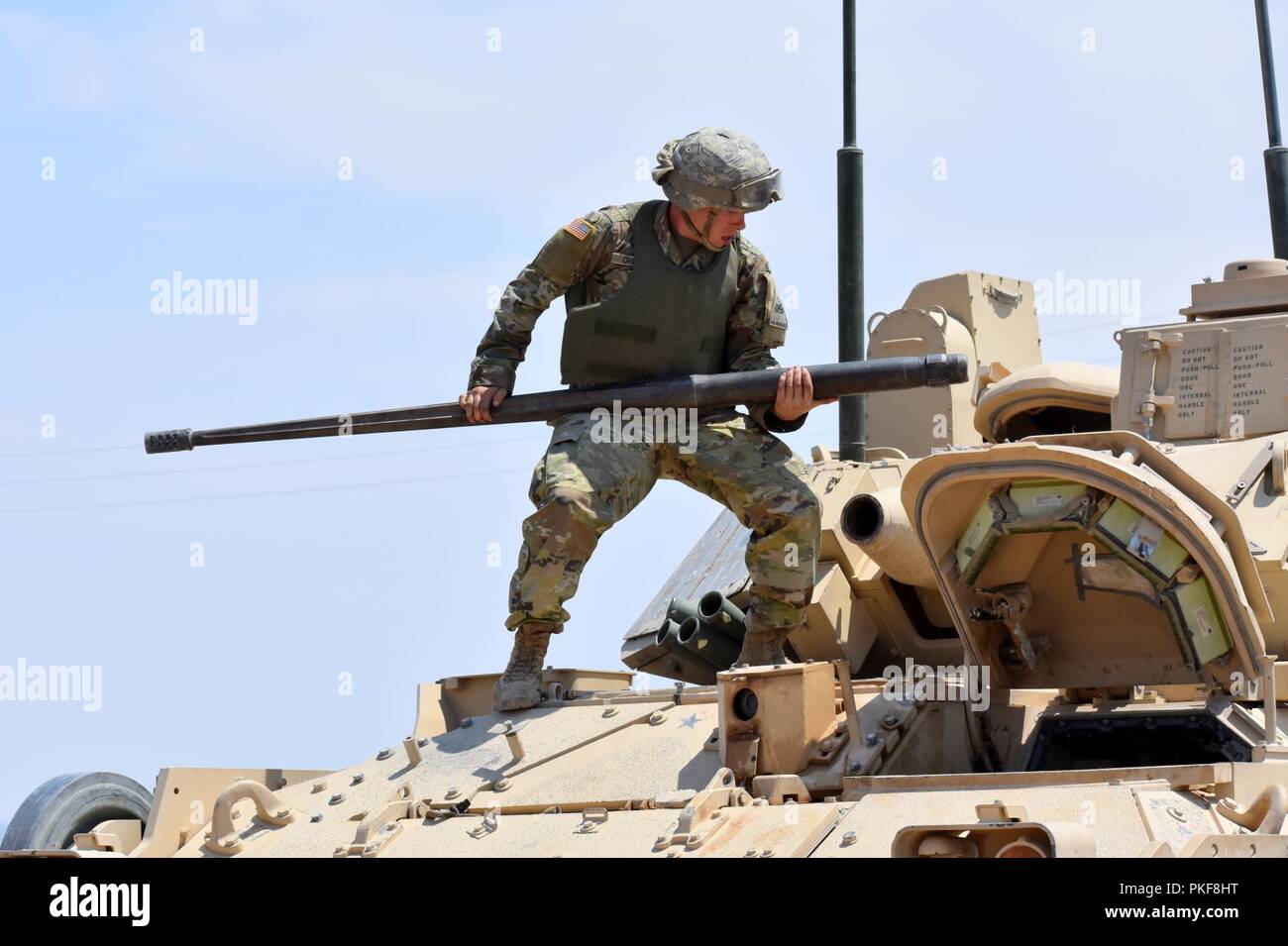
Originally Posted by
MegademiC

No. Hydrogen embrittlement is one issue, but easily reduced with post-processing, if done properly.
Hard chrome has micro-cracking which leads to propagation. Nickel (electro and electroless) does not have micro-cracking.
Hydrogen embrittlement is less of an issue with Ni than Cr, and even less with elecroless Ni.
In 2019 anyone worth their salt hard chroming gun parts would be addressing this issue in their processes. Chris Peters of Metaloy and I had a phone discussion a few years back on this subject (I have just about all my AR bolts hard chromed by him). When I mentioned hydrogen embrittlement he seemed almost irritated, but quickly explained why it used to be an issue and, more importantly, why it shouldn't be an issue today. While I don't recall the exact details of the conversation I do remember him mentioning a "window" of time post-chroming for the stress relief (?) to take place and therefore eliminating HE.
11C2P '83-'87
Airborne Infantry
F**k China!





 Reply With Quote
Reply With Quote









Bookmarks